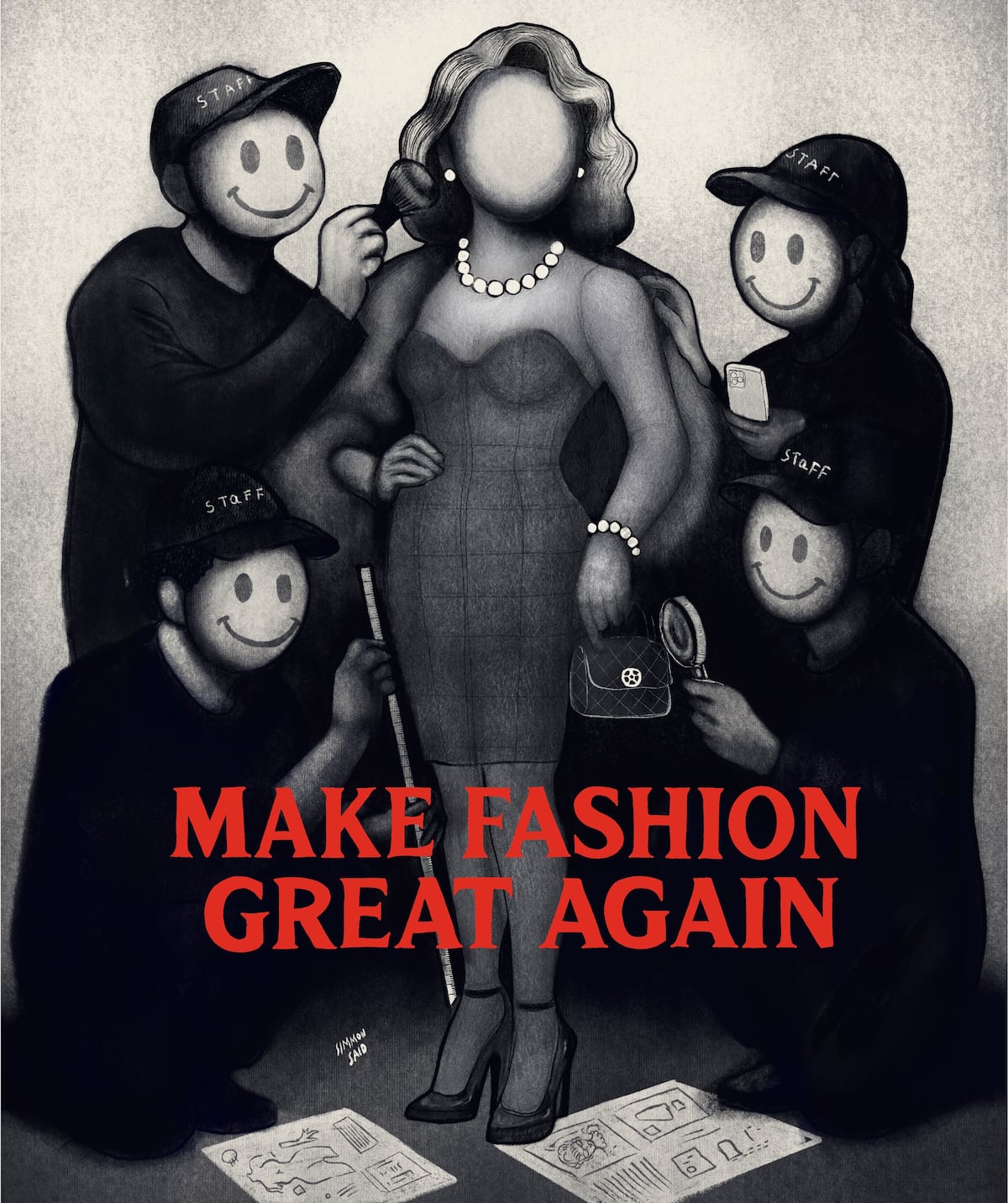by ANATOL LIEVEN & ARTIN DERSIMONIAN

The Trump Route for International Peace and Prosperity (TRIPP), agreed in principle on 8 August at a mini-summit in Washington between Trump, Azerbaijani President Ilham Aliyev and Armenian Prime Minister Nikol Pashinyan, consists of a joint US-Armenian project to construct and administer road, rail and energy connections between Azerbaijan and its exclave of Nakhchivan to its west, across the Armenian region of Syunik (see map below). Running along Armenia’s southern border, the 27-mile corridor forms a key part of a new approach to a diplomatic settlement of the decades-long conflict between the two countries.
If built, the TRIPP would create the conditions for a continued link between Azerbaijan and its ethnic relation and close partner, Turkey. It would also establish a second route for trade and energy – alongside the existing one across Georgia, to the north – running from Europe to Central Asia and China, bypassing Russia. Caspian energy has become more important to the US and Europe as a result of the sharp reduction in Russian supplies since the outbreak of the Ukraine war. Whether another east-west pipeline is commercially viable remains an open question, as does much about the TRIPP as a whole. Concrete plans for the route have yet to be developed, and it can only be built as part of a final and comprehensive peace settlement, to which there remain significant obstacles. Moreover, it is by no means clear that the Trump administration has the coherence, expertise and stamina to bring the TRIPP and the peace process to a successful conclusion.
Yet the advantages of the proposed corridor are obvious. For Azerbaijan, an overland link to its exclave and to Turkey. For Armenia, the prospect of ending – at least for a considerable time – Baku’s threats to seize and establish an Azerbaijani-controlled corridor by force, annexing Armenian territory and dealing a crushing strategic defeat to Armenia and Iran. The TRIPP, as currently envisaged, does not involve US troops, but a large-scale US infrastructure and commercial presence would be a huge deterrent to Azerbaijani aggression in the region. The TRIPP and a peace settlement would lead to the normalisation of relations between Armenia and Turkey, which have a fraught, centuries-old history, punctuated with violent episodes, reaching a monstrous apogee with the massacre of some 1.5 million Ottoman Armenians in 1915. Turkey closed its border with its eastern neighbour in 1993 in solidarity with Azerbaijan, which was then facing significant losses to Armenian forces. The new corridor would re-open the border, allowing Armenian trade through Turkey to Europe and the Middle East.
New Left Review for more




![This is a square metal slave badge with clipped corners. On the recto is text that reads ”CHARLESTON [stamped]” across the top. Under that is “1816 [stamped] / MECHANIC [stamped] / No. [stamped] 39 [punched] .”](https://nmaahc.si.edu/sites/default/files/styles/max_1300x1300/public/2023-08/2022_5_31_001.jpg?itok=_-JdT4ty)

![A square copper slave badge set on point with clipped corners with die stamped and engraved text on the recto reading "CHARLESTON / No. [engraved] 103 / [stamped] FISHER / 1812".](https://nmaahc.si.edu/sites/default/files/styles/max_1300x1300/public/2023-08/2016_166_23_001.jpg?itok=7haHWAqV)





